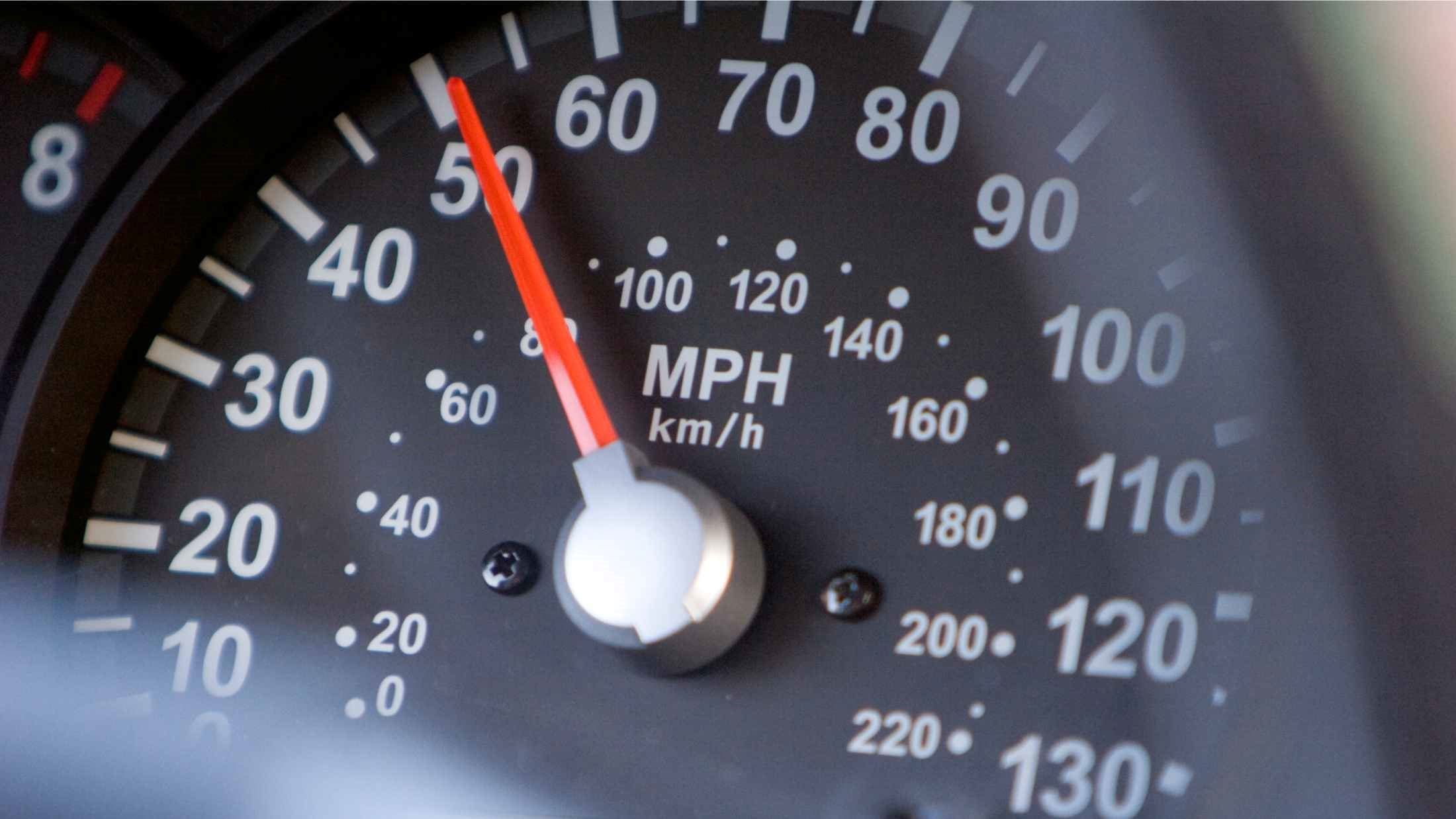From 6 July 2022, all new cars within the EU will have to be fitted with a speed limiter. Although not officially confirmed, it’s likely the UK will follow suit, as we’re following most EU laws for new cars, so car manufacturing processes can be standardised.
A report by GOV.UKGo to footnote 1 revealed there were 1,390 fatalities and 23,149 serious injuries reported due to road accidents between June 2020 and June 2021. And, even though there’s a national speed limit of 70mph on UK roads, most cars have a top speed much higher. So, speed limiters are to be fitted in new cars in a bid to improve road safety.
Find out everything you need to know about speed limiters:
- What is a speed limiter?
- Why are speed limiters being introduced?
- How do speed limiters work?
- Can you remove a speed limiter?
- How will having a speed limiter affect my car?
What is a speed limiter?
A speed limiter is a safety device that’s fitted to a car, to prevent the vehicle from exceeding certain pre-set speed limits.
Although it sounds like cruise control, speed limiters allow you to accelerate and decelerate as normal, but act as a speed warning system when you drive above the limit that has been set.
Why are speed limiters being introduced?
They’re being brought in to help improve road safety by reducing the amount of road accidents. The European Transport Safety Council (ETSC) has said the move could reduce collisions by 30%, and save around 25,000 lives within 15 yearsGo to footnote 2.
Speed limiters will help prevent people from going above the legal speed limit, leading to fewer fines and possible accidents. And, it’s thought that they’ll have plenty of other benefits for drivers, providing better fuel efficiency, less CO2 emissions, and potentially lower insurance premiums.
How do speed limiters work?
Speed limiter technology, also known as Intelligent Speed Assistant (ISA) works by using GPS data and speed sign recognition software cameras, to detect the maximum speed limit in that area. ISA systems won’t automatically apply the brakes, but instead limit engine power to reduce your speed down.
You’ll also be sent audio and visual warnings, until you start to drive at or below the speed limit.
You will be able to override the limited, by pressing down hard on the accelerator, but it will reset every time the car is restarted.
Can you remove a speed limiter?
Under current regulations, you can switch off an ISA system. However, this could change in the future if stricter rules are imposed.
And remember, it’s dangerous to exceed the speed limit on any road, as well as illegal to drive above speed limits that are set.
The European Commission states that, “the driver is always responsible for adhering to the relevant traffic rules and that the ISA system is a best-effort driver assistance system to alert the driver, whenever possible and appropriate.”
How will having a speed limiter affect my car?
Many manufacturers such as, Ford, Mercedes, Peugeot and Renault have already fitted this type of technology. So, if you’ve bought a new car recently then check to see if you have it in yours.
With fewer cars driving above legal speed limits it could reduce the amount of accidents on the roads, leading to a drop in insurance premiums. Plus, speed limiters could mean most drivers are less likely to be caught speeding and receive penalty points, which could also keep the cost of your car insurance down.
Conclusion
With speed limiters likely to become a common feature in our cars, only time will tell if this technology will have the impact on road safety that The European Transport Safety Council (ETSC) is hoping for.
If you’re looking for an insurance policy, why not take a look at AXA car insurance?
1 Source: “Reported road casualties in Great Britain, provisional estimates: year ending June 2021” published by GOV.UK on 25 November 2021
2 Source: “Intelligent Speed Assistance set for launch on all new EU vehicle types from 2022” published by the European Transport Safety Council on 31 May 2021







